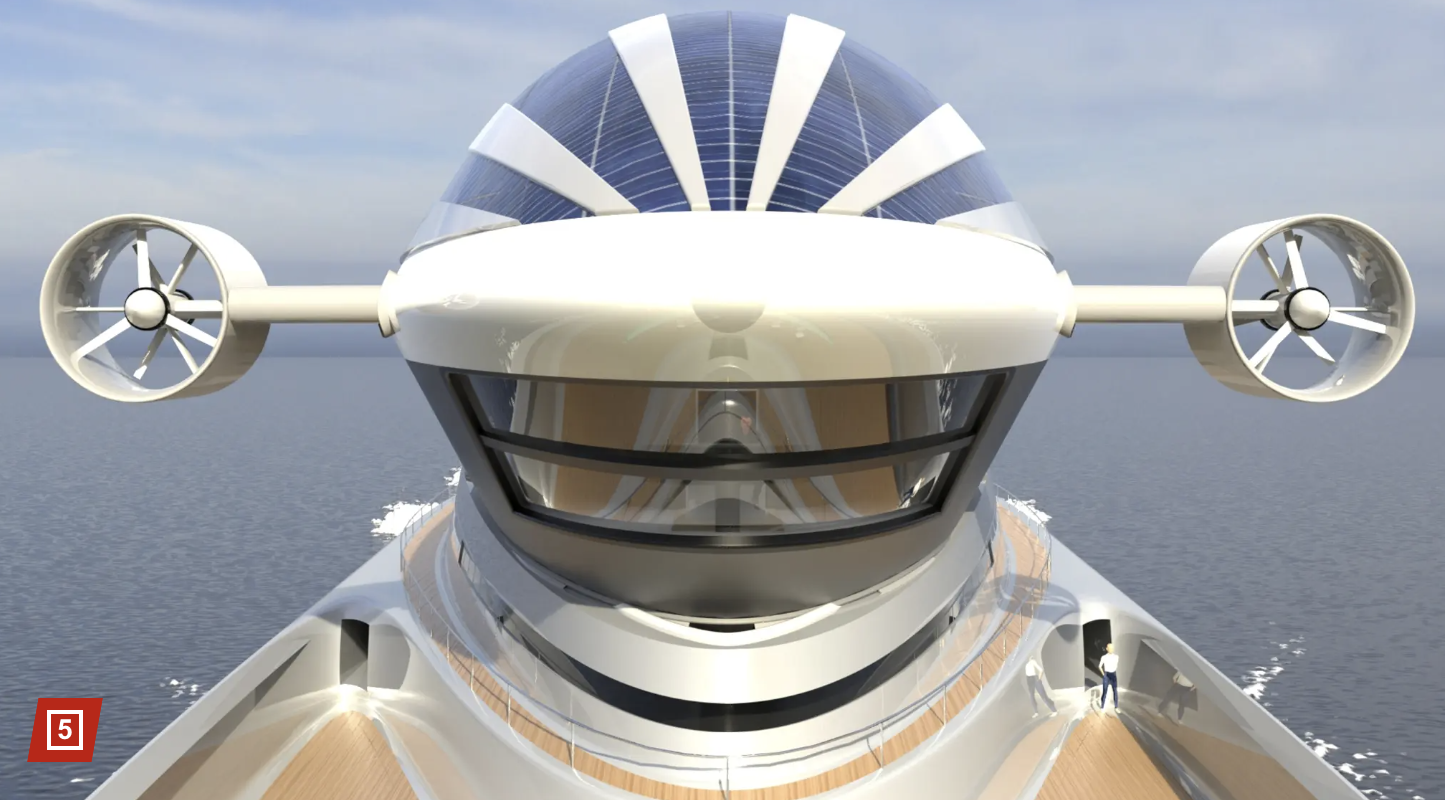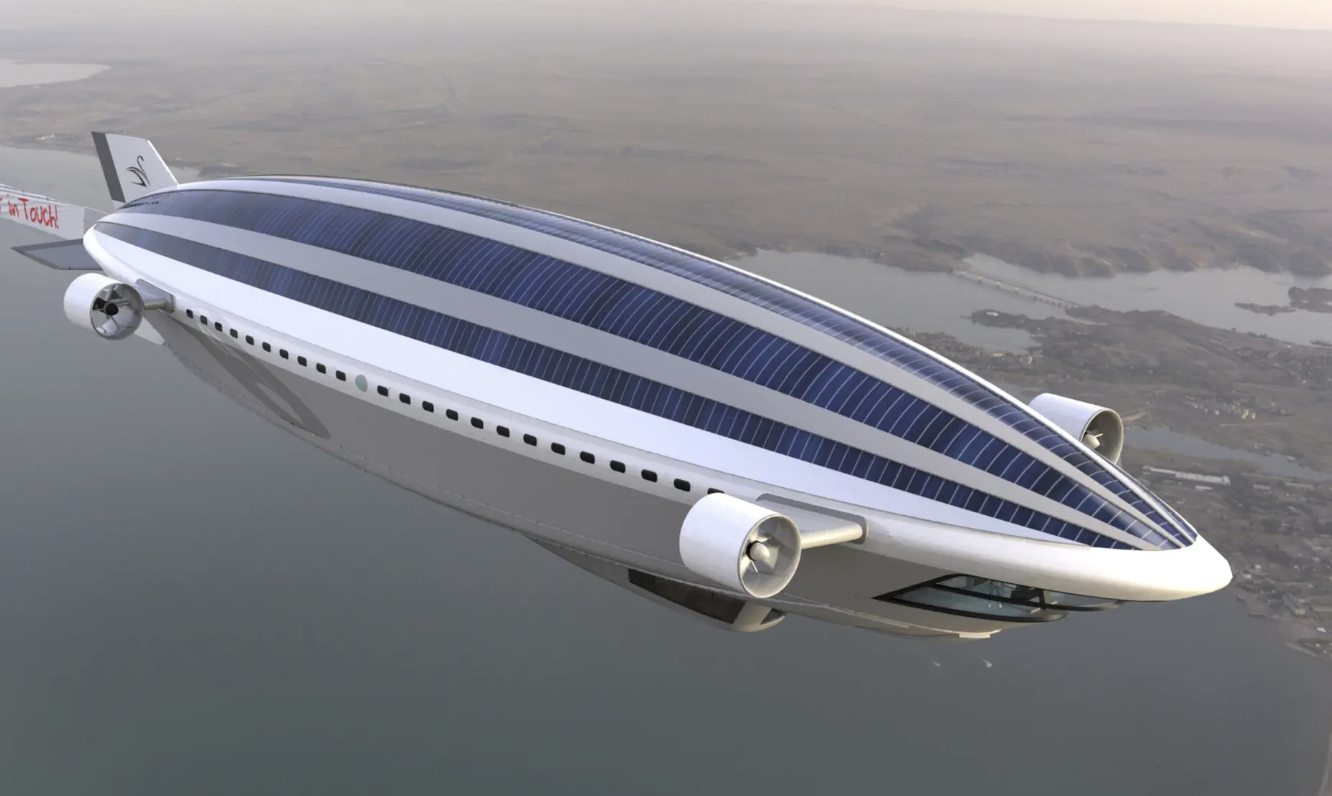Billion Dollar Superyacht with Blimp
An unbelievable $1 billion superyacht that comes with its own detachable airship is gearing up to dominate the seas.
Plans for the jaw-dropping Colossea — a 699-foot-long cruiser — were debuted this week by Italian designer Pierpaolo Lazzarini, famous for his futuristic designs.
The sleek and futuristic vessel looks much like any other superyacht coasting across the ocean, except for the incredible blimp stationed on its upper deck, equipped with technology that would allow it to take off for its own voyage from the middle of the ocean.
“The Colossea mega-yacht is an itinerant floating docking station for the detachable airship,” Lazzarini’s namesake design studio said in a statement.
The concept was born from the same design group that introduced the Plectrum: a futuristic, 242-foot superyacht capable of traveling at speeds of 86 miles per hour above the water line — similar to a hoverboard.
The conceptual design for the Colossea was crafted as a tribute to the N1 airship Norge, which made the first trip of any kind to the North Pole nearly a century ago.
The Colossea’s blimp replicates the same iconic design and measurements as its predecessor but with modern materials and propulsion.
It would also include its own major upgrade — a super-yacht with a take-off and landing strip perfectly formed to the blimp’s curvature.
When the captain decides it’s time for flight, the yacht follows the procedures to unlock the electromagnetic blocks that keep the airship mounted and unhook the winches to release the airship’s lift.
Up to 24 lucky passengers, plus 10 crewmembers, can fit inside the blimp.
The yacht is an impressive feat of design in its own right — it offers 22 guest suites and multiple decks with indoor and outdoor pools on the rear.
It also had space on its deck for a helicopter pad, a typically grand feature that pales in comparison to the blimp. Up to 44 guests and 20 crew members can enjoy the yacht.
While only still a conceptual design, the Colossea would cost an estimated $1 billion to construct.




